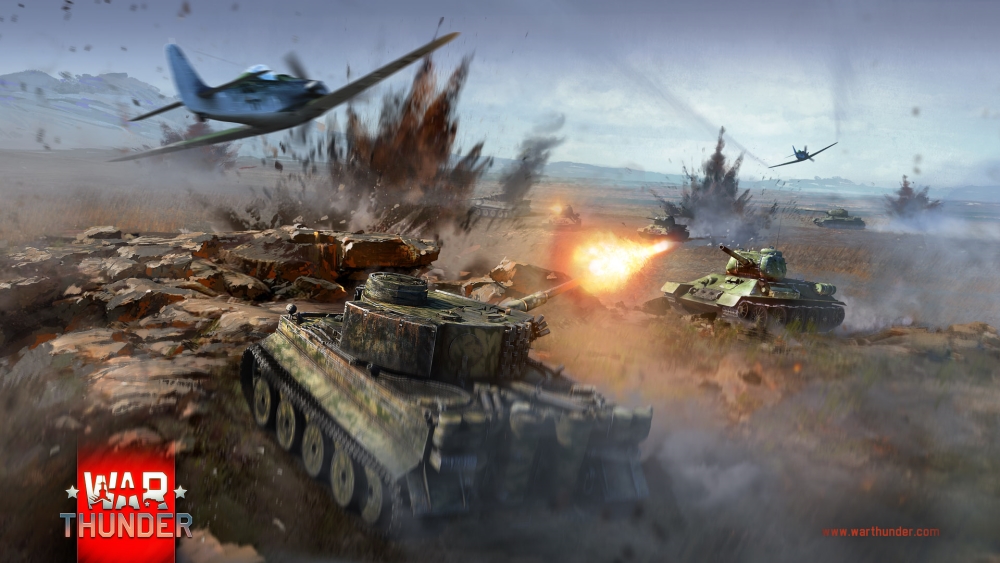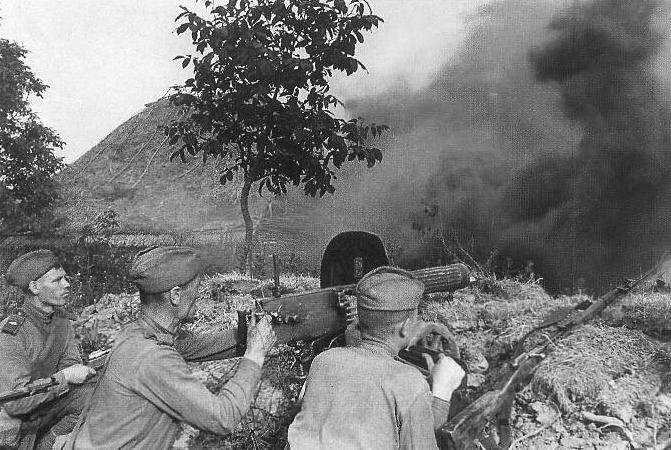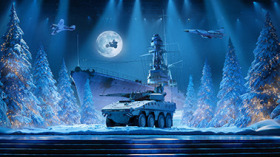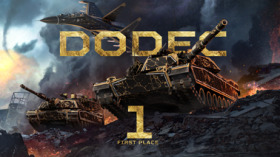
- For PC
- For MAC
- For Linux
- OS: Windows 10 (64 bit)
- Processor: Dual-Core 2.2 GHz
- Memory: 4GB
- Video Card: DirectX 11 level video card: AMD Radeon 77XX / NVIDIA GeForce GTX 660. The minimum supported resolution for the game is 720p.
- Network: Broadband Internet connection
- Hard Drive: 22.1 GB (Minimal client)
- OS: Windows 10/11 (64 bit)
- Processor: Intel Core i5 or Ryzen 5 3600 and better
- Memory: 16 GB and more
- Video Card: DirectX 11 level video card or higher and drivers: Nvidia GeForce 1060 and higher, Radeon RX 570 and higher
- Network: Broadband Internet connection
- Hard Drive: 62.2 GB (Full client)
- OS: Mac OS Big Sur 11.0 or newer
- Processor: Core i5, minimum 2.2GHz (Intel Xeon is not supported)
- Memory: 6 GB
- Video Card: Intel Iris Pro 5200 (Mac), or analog from AMD/Nvidia for Mac. Minimum supported resolution for the game is 720p with Metal support.
- Network: Broadband Internet connection
- Hard Drive: 22.1 GB (Minimal client)
- OS: Mac OS Big Sur 11.0 or newer
- Processor: Core i7 (Intel Xeon is not supported)
- Memory: 8 GB
- Video Card: Radeon Vega II or higher with Metal support.
- Network: Broadband Internet connection
- Hard Drive: 62.2 GB (Full client)
- OS: Most modern 64bit Linux distributions
- Processor: Dual-Core 2.4 GHz
- Memory: 4 GB
- Video Card: NVIDIA 660 with latest proprietary drivers (not older than 6 months) / similar AMD with latest proprietary drivers (not older than 6 months; the minimum supported resolution for the game is 720p) with Vulkan support.
- Network: Broadband Internet connection
- Hard Drive: 22.1 GB (Minimal client)
- OS: Ubuntu 20.04 64bit
- Processor: Intel Core i7
- Memory: 16 GB
- Video Card: NVIDIA 1060 with latest proprietary drivers (not older than 6 months) / similar AMD (Radeon RX 570) with latest proprietary drivers (not older than 6 months) with Vulkan support.
- Network: Broadband Internet connection
- Hard Drive: 62.2 GB (Full client)

From 15.00 GMT on July 3rd to 07.00 GMT on July 6th, 2015
Take part in our “Battle of Kursk” event based on the historical battle from July 1943, including AB Domination ground vehicle battles and SB ‘Battle of Kursk’ combined battles.
You can find the event '[Battle] Kursk' in the 'Events & Tournaments' tab!
.jpg) |
| German Tiger and soldiers during the Battle of Kursk, June 1943 |
The Battle of Kursk was one of the largest armoured battles, and quite possibly the largest single air battle, in history. This event is identified as a true decisive battle, taking place after both the Germans and Soviets had awaited a major confrontation when stalemate had eventuated in previous conflicts. The battle would occur near Kursk, a town on the Moscow-Rostov railway located in Southern Russia. The Germans referred to the battle as “Operation Citadel”, while the Soviets used two names: “Operation Kutuzov” to refer to the defensive side of the conflict, and “Operation Polkovodets Rumjantsev” for the offence.
 |
| A Soviet machine gun in action during the Battle of Kursk. |
The battle began on the 4th of July, with Junkers Ju87 Stukas leading the attack by strafing the tops of lightly armoured Soviet tanks. This was followed by barrages of artillery. The 2nd SS Panzer Corps, 3rd Panzer Corps, and the 11th Panzer Division, stormed Soviet positions. Throughout this day, they continued to make advances, however, Soviet forces put up considerable resistance and were able to slow the advance of the German forces. Casualties mounted for both sides, and surprisingly, Hitler withdrew part of the German forces to reinforce operations in Italy in response to the Allies’ successful landing in Sicily. With German strength weakened, Soviets were able to counter the German forces, liberating Oryol, Belgorod, and Kharkov after the Battle of Kursk.
Despite lacking a ‘clear-cut’ victory for the Soviet side, the Germans suffered a clear defeat. Following The Battle of Kursk, their plans for 1943 were in serious disarray, aggravated further by the opening of a new front in Italy. Both sides experienced heavy losses, but only the Soviets had the manpower and industrial capacity to fully recover.



